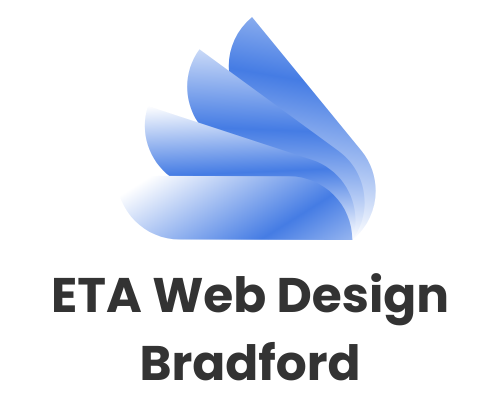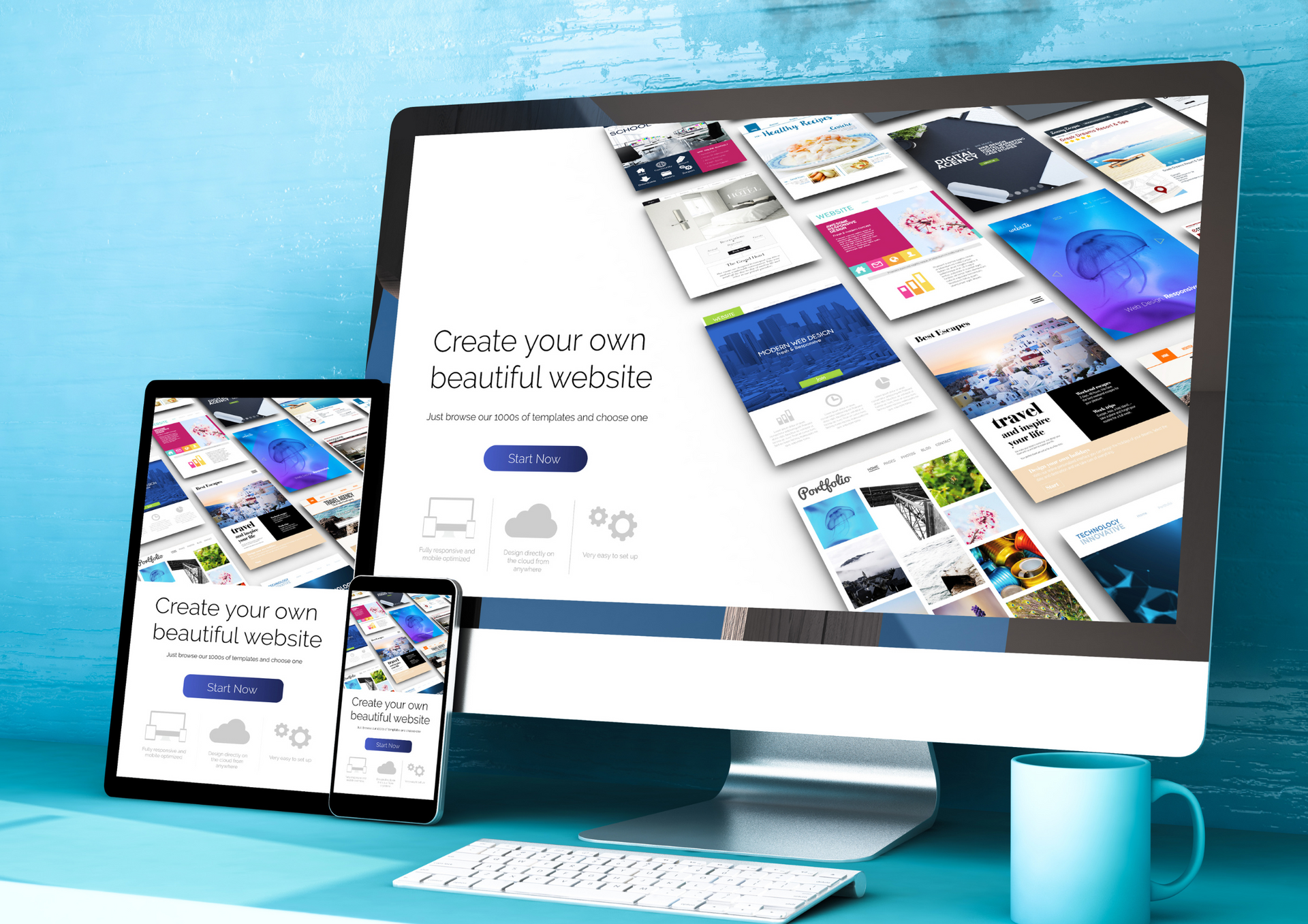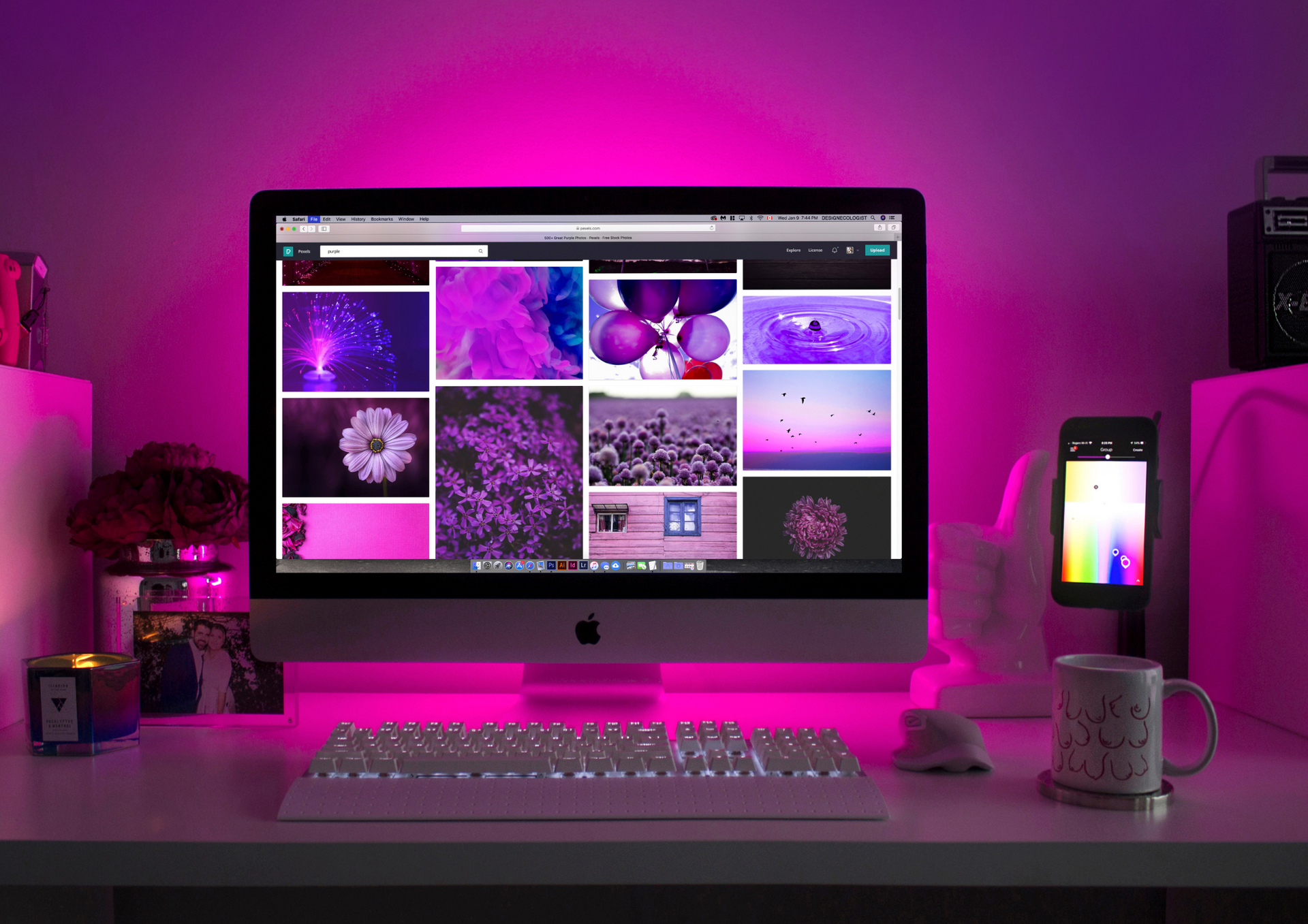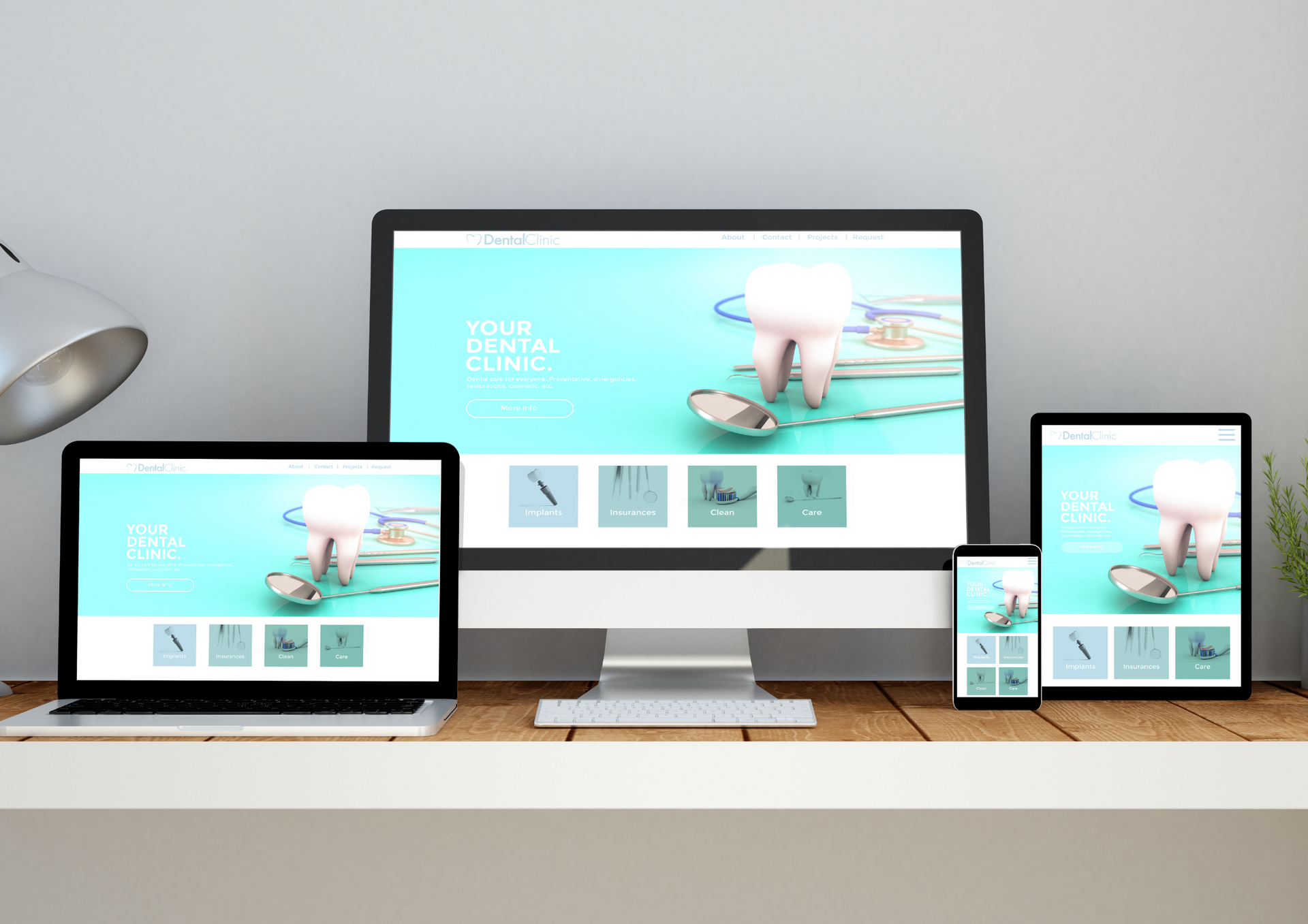The digital landscape is constantly evolving, and businesses need to adapt to stay competitive. For homeware brands, health and wellness companies, and retail businesses, an impactful online presence is no longer optional—it’s essential. Web design plays a critical role in shaping first impressions, guiding users through your offerings, and establishing your brand as professional and trustworthy. In 2025, certain trends are emerging that promise to redefine how websites look and function.
By understanding these trends, entrepreneurs and business owners can make informed decisions.
1. Minimalism and Clean Interfaces
In an age of information overload, minimalism is proving its staying power. Clean, uncluttered interfaces allow visitors to focus on what matters most—your products or services. Websites with too many elements can overwhelm users, reduce engagement, and even hurt credibility.
A minimalist approach emphasises whitespace, concise text, and clear navigation. This style not only looks modern but also improves usability, ensuring visitors can find what they need quickly. For businesses in homeware or health and wellness, a clean layout can reflect elegance and professionalism, helping users trust your brand from the first click.
Additionally, minimalism supports faster loading times, a crucial factor for retaining mobile users. In 2025, prioritising simplicity in web design isn’t just about aesthetics—it’s about functionality and creating an experience that converts visitors into loyal customers.
2. Mobile-First and Responsive Design
With the majority of internet traffic coming from smartphones, mobile-first design is no longer optional. A responsive website ensures that your content adapts seamlessly to different screen sizes, offering an optimal user experience across devices.
For businesses seeking effective website design, a mobile-first approach is vital. Not only does it enhance accessibility, but it also improves SEO rankings, as search engines prioritise mobile-friendly websites.
Brands that invest in responsive design can better showcase products, services, or portfolios, regardless of the device visitors are using. For retail businesses in particular, mobile-friendly navigation, quick-loading pages, and clear calls to action are essential to reduce bounce rates and increase sales.
3. AI and Automation in Web Design
Artificial intelligence is rapidly transforming web workflows. From automated layout suggestions to smart content generation, AI tools allow businesses to create sophisticated websites efficiently.
For smaller companies or startups, leveraging best website builders can streamline the design process while still delivering professional results. These platforms often integrate AI-driven features, such as personalised templates, automated image optimisation, and even predictive user behaviour insights.
The advantage is clear: businesses can achieve high-quality web design without a large team or extensive technical expertise. This ensures that websites remain modern, functional, and tailored to the unique needs of each brand.
4. Interactive and Immersive Experiences
In 2025, websites are going beyond static content to create engaging and memorable user experiences.
Key features include:
- Micro-animations: Subtle movements that guide users and make pages feel dynamic.
- Interactive product galleries: Allow visitors to explore products in detail.
- Multimedia storytelling: Videos, images, and graphics that tell your brand’s story.
- Platform choice: Selecting website builders that support interactivity is essential for business growth.
- Enhanced engagement: Interactive elements increase time on site, encourage exploration, and boost conversions.
- Balanced design: Combines aesthetic appeal with usability for an enjoyable user experience.
5. Accessibility and Inclusive Design
Designing websites with accessibility in mind is no longer a niche concern—it’s a standard practice. Inclusive design ensures that everyone, including users with disabilities, can navigate and interact with your site effectively.
Consulting with professional web designers can help businesses meet accessibility standards, such as screen reader compatibility, clear colour contrasts, and keyboard-friendly navigation. Inclusive design not only widens your potential audience but also demonstrates social responsibility and commitment to quality user experiences.
For retail and health-focused brands, accessibility can be a differentiator, signalling that the company values all customers and adheres to best practices in digital design.
Adopting these web design trends in 2025 is essential for businesses seeking to remain competitive and relevant online. From minimalism and responsive layouts to AI-driven automation, interactive experiences, and accessibility, each trend contributes to building a website that is both attractive and functional.
By implementing these strategies, homeware, health and wellness, and retail businesses can future-proof their online presence, improve user engagement, and enhance credibility. Staying informed about emerging trends allows brands to deliver seamless, professional, and results-driven digital experiences that resonate with their target audience.
At ETA Web Design Bradford, we specialise in creating websites that are professional, scalable, and tailored to your business goals. Our team combines local knowledge with modern design expertise, ensuring that your online presence stands out.
We work closely with clients to understand their unique needs and deliver solutions that are both visually appealing and highly functional. Whether you are a homeware brand, a health and wellness company, or a retail business, our focus is on providing design services that generate measurable results.
Just out on X: Top
web design trends in 2025 that businesses can’t ignore!




